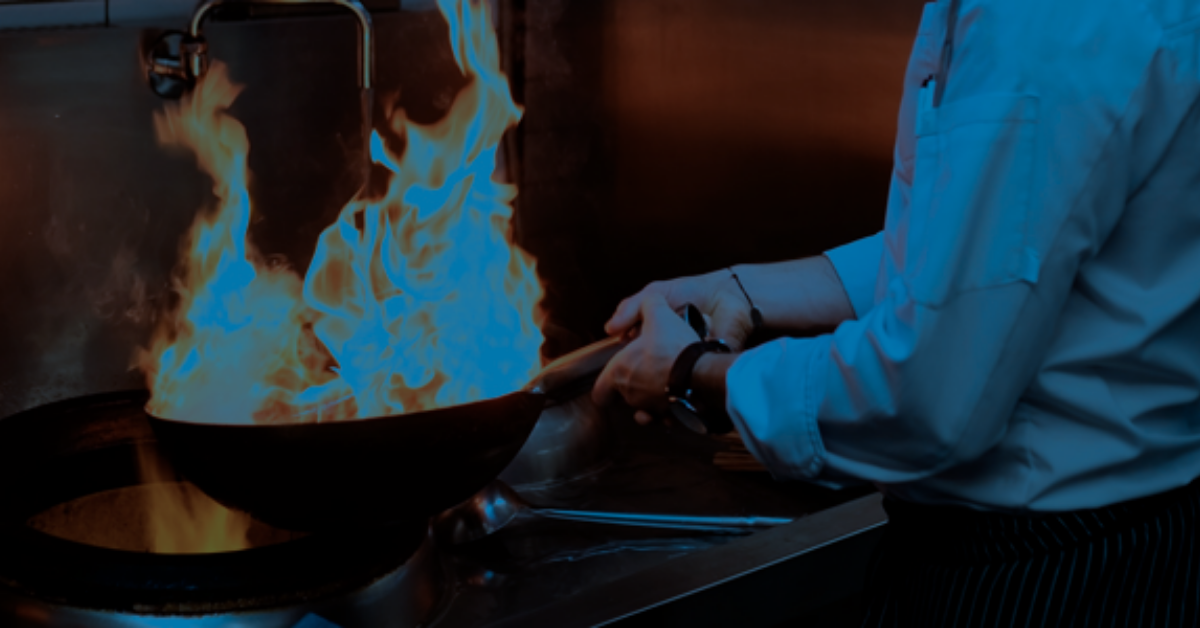Whether the project is a new build or retrofitting an existing space, restaurants are subject to special requirements that are not present when dealing with other types of commercial buildings. ATS has helped over 5,000 engineers and architects find the right product for many foodservice applications. From fast-food to fine dining, this is what we have found to be the key points of design.
 The Restrooms
The Restrooms
Since restaurants usually occupy a small space, many designers are opting for unisex individual restrooms with either a small lavatory within each room or larger unisex trough type sinks. If the goal is a small footprint, consider DXV Cossu rectangle wall-hung bathroom lavatory. With a 10” width, it’s perfect for a long narrow space.
If the design is a large trough sink, consider the integrated sink system from Sloan. The Aer-Dec is perfect for any high-end, high- traffic restroom. With all four elements needed for handwashing at arm’s length.
The Kitchen 
Usually, the biggest investment in a restaurant is the kitchen, sometimes taking up to 40% of the space. It is filled with big, bulky expensive equipment, so the layout should allow food to flow seamlessly from the kitchen to the dining room. A small kitchen slows down the restaurant’s ability to serve its customers promptly and adequately. Improperly sized equipment like a grease interceptor can also slow down or stop operations altogether. Let ATS help you find the right grease interceptor for your restaurant.
 Heating and Ventilation
Heating and Ventilation
While many say the best smells come from the kitchen, the combination of smoke and smell can become overbearing. All commercial kitchens must be equipped with exhausts that terminate on the roof, or any area deemed acceptable, and they must be equipped with an oxidizer or precipitator to control particulate matter emissions. Nothing can turn a customer away more quickly than a dining room that lacks air filtration.
 Colour
Colour
Colour has an important impact on our brains and a feeling a potential patron may have. Keeping branding and colour consistent on the inside of the building as well as the outside of the building may be very important. Consider using durable phenolic material like TrespaⓇ for the envelope of the restaurant, or to create a bar or table tops for the interior of the building.
Do you need help with your restaurant design?
Let ATS help – tell us about your project and one of our representatives will help you find the right products.
Share this article



